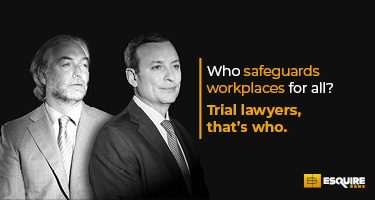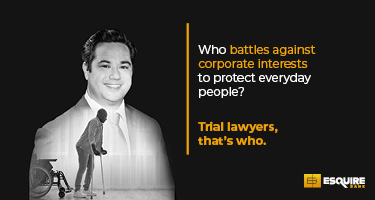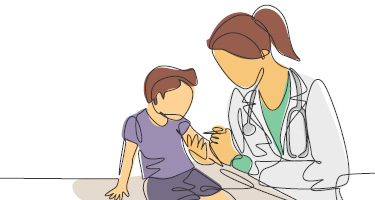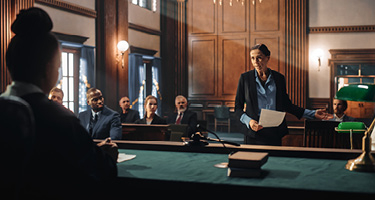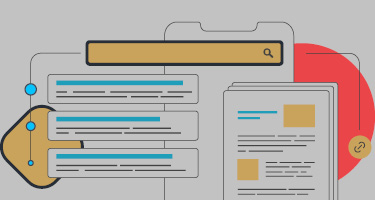Mediations are an increasingly important part of the legal landscape, particularly in personal injury cases. During my 13 years on the bench as a Superior Court judge in Connecticut, I saw a steady rise in the number of mediations. In fact, it’s gotten to the point now where most personal injury cases are mediated.
In my current role as a mediator, I see a number of common best practices and opportunities that not every attorney takes advantage of. If you are preparing for a mediation, here are a few keys to success to keep in mind.
Mediations are an option before, during and after suit
Most mediations take place a few months before the matter is going to reach trial. But I've seen several big personal injury cases where the defendant wanted to try to resolve the case before it even went into suit. They wanted to avoid the matter attracting any attention or going into the public record, so they initiated mediation before a suit was filed.
Mediation can also be an option after a verdict, particularly in matters with appellate issues to resolve. It’s important for attorneys to bear in mind the option of a mediation throughout the entire life cycle of a personal injury matter.
You don’t have to settle at the table
Mediations take much less time than a trial for all involved. Most of my mediations last half a day, and all but the most complex are completed within a day. However, an agreement doesn’t have to be reached in a day to complete a mediation. If the matter isn’t resolved within the session, parties can think about what transpired and continue the back-and-forth via text, emails and phone calls.
It’s important to seek out a mediator who is willing to see things through after the mediation concludes. I often start a mediation by collecting everyone’s cell phone numbers so that I can follow up as needed. About 60-70% of my mediations are resolved at the table, and almost all of the remaining 30-40% are resolved before trial. The ability to consider options after a mediation concludes but before trial is part of the process. Follow up allows for consideration of revised positions based upon information presented at a mediation session or thereafter. My record keeping reflects that 95% of my mediations ultimately resolve before trial.
Get your position statement in early
Prior to a mediation, I review all the procedural information about a matter such as the pleadings, complaints that have been filed and answers, the summary judgment and motion to strike. In addition, each party submits a position statement outlining their points about a week before the mediation — or at least they should.
Sometimes one or both parties will submit a position statement as late as the morning of the mediation, which may not provide sufficient time for the mediator to do a thorough review. Submitting your position statement early ensures that the mediator can give it a careful review and consider questions central to the matter in the days leading up to the mediation.
Consider sharing your position with the other side
Most position statements are ex parte and only viewed by the mediator. However, in about 10-20% of personal injury matters, the parties share their position statements with one another ahead of time, which I highly recommend.
Parties arrive more prepared to address the issues when they know what the other side’s position is. It can help save time to know in advance, for instance, that the parties are miles apart in terms of what they would view as a fair settlement. You can skip the sticker shock at the mediation and get straight to practical discussion.
Typically, both sides will share their position statement or neither will. But I have seen some personal injury plaintiffs’ attorneys share their position statement even if the other side declines. They want the insurance company to at least get the flavor of where they’re coming from.
Be realistic about where you stand
A good mediator generally does not take a heavy hand in a personal injury matter. But if a plaintiff is dramatically overvaluing the case, or the defendant is not taking a realistic view of their exposure, it can require the mediator to try to steer the discussion into the realm of reality.
Getting a second opinion can be helpful. While consulting others in your own firm is worthwhile, attorneys are likely to get a more objective view from a colleague from another firm. Holding a mock trial to see how a lay jury is likely to view the matter is an option as well in more serious or high-value cases.
Consider arbitration if there’s nuclear potential
In a mediation, parties work to find an agreement they can both live with. However, arbitration is binding — an arbitrator makes a decision that both parties are bound to. However, unlike a trial where anything can happen, parties typically enter arbitration with a pre-made agreement that rules out the worst-case scenario for each. Usually a high/low agreement can insulate from a bad result.
As the arbitrator, I do not see these agreements. But there’s a minimum and maximum award that will rein in the value I assign if it exceeds that range. Arbitrations almost always stand — they are very rarely overturned. For parties who don’t think mediation will be successful, but don’t want to face the uncertainty of trial, arbitrations provide a viable option to resolve a personal injury matter without trial.
Judge Michael E. Riley (Ret.) is a member of the Alternative Dispute Resolution practice at the law firm Pullman & Comley with offices in CT, MA, RI and NY.


